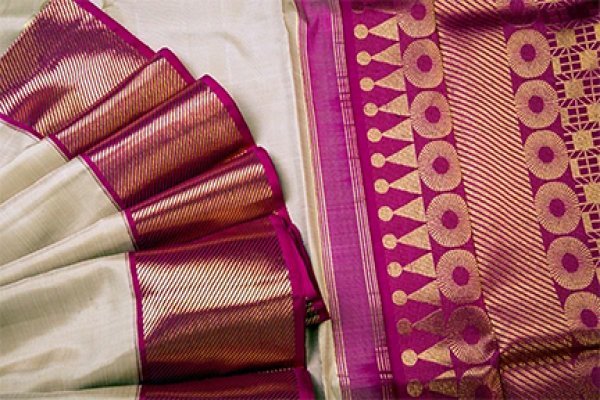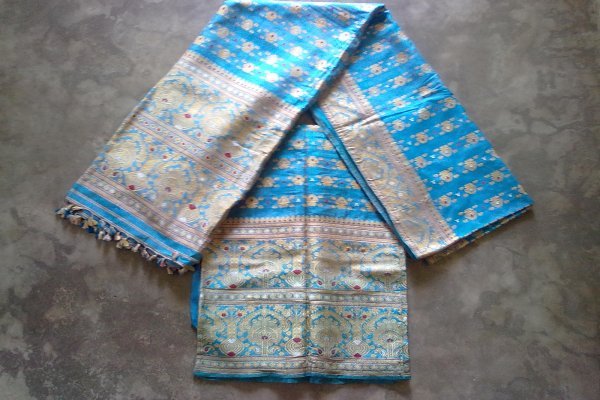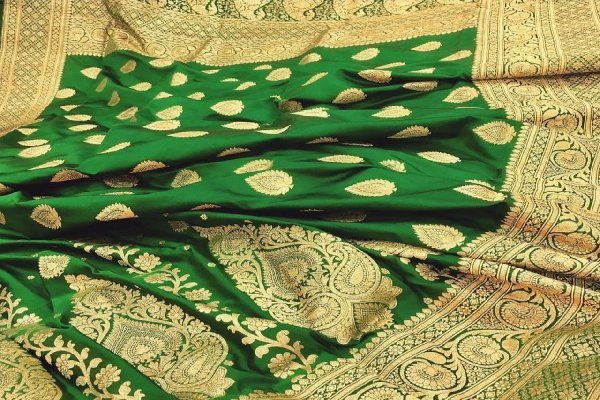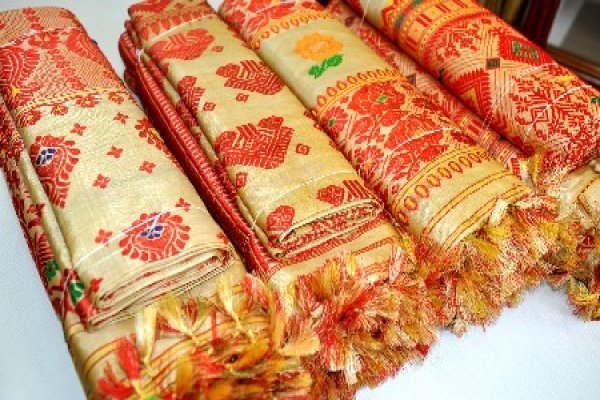India is a land where textiles are not just fabrics — they are stories, traditions, and cultural expressions woven with skill and soul. From the delicate shimmer of silk to the breathable beauty of cotton and the cozy warmth of wool, Indian textiles have enchanted the world for centuries.
With regional styles, handcrafted techniques, and heritage-rich patterns, Indian textiles offer a blend of comfort, craftsmanship, and timeless elegance. Let’s explore the most iconic fabrics that define India’s textile identity.
1. Silk – The Fabric of Royalty
Silk in India is more than just a luxury — it’s a legacy. With a history that stretches back over 2,000 years, Indian silk weaving traditions are globally celebrated for their intricate designs, vibrant colors, and regal textures.
Famous Varieties:

Kanjeevaram (Tamil Nadu)
Heavy and lustrous with bold zari borders.
Paat (West Bengal)
Lightweight and perfect for humid weather
Banarasi (Uttar Pradesh)
Intricate floral patterns and Mughal-inspired motifs
Muga (Assam)
Golden-hued, naturally glossy, and exclusive to Assam2. Cotton – India’s Comfort Classic
India is one of the world’s largest producers of cotton and has been known for it since the time of the Indus Valley Civilization. Indian cotton is appreciated for its softness, durability, and adaptability in various climates.
Popular Types:
Khadi – Symbol of India’s freedom movement, handspun and handwoven
Chikankari (Lucknow) – Delicate, hand-embroidered cotton fabric
Ajrak (Gujarat & Rajasthan) – Block-printed using natural dyes
Kalamkari (Andhra Pradesh & Telangana) – Hand-painted or block-printed motifs
3. Wool – Warmth from the Hills
Though not as widespread as silk or cotton, Indian wool plays a vital role in the cold northern and mountainous regions. From soft shawls to woven rugs, woolen textiles from India are known for their intricate patterns and superior warmth.
Well-Known Wool Textiles:
Pashmina (Kashmir) – Ultra-fine wool made from the undercoat of Changthangi goats
Kullu Woolens (Himachal Pradesh) – Known for vibrant stripes and geometric motifs
Banni Wool (Gujarat) – Used in traditional Rabari and Kutch embroidery
Lois (Manipur) – Lightweight woollen wraps with tribal influences
Why Indian Fabrics Are Loved Worldwide
Eco-friendly & Handcrafted – Most traditional methods use natural dyes, handlooms, and sustainable practices
Culturally Rich – Every fabric carries the essence of its region, history, and artisanship
Globally Adored – Indian fabrics have influenced global fashion from Paris to New York
Versatile Usage – From everyday wear to bridal couture, Indian textiles suit all purposes
Quick Tips for Textile Lovers
Visit government emporiums and artisan exhibitions to support authentic handmade products
Check fabric labels for region-specific details like “Handloom Mark” or “Silk Mark”
Prefer naturally dyed and handwoven textiles for eco-conscious fashion
Conclusion
India’s textile tradition is a breathtaking tapestry of colors, patterns, and textures. Whether it’s the sheen of Banarasi silk or the breathable charm of Khadi cotton, each fabric reflects centuries of craft, creativity, and care. By embracing Indian textiles, you’re not just buying cloth — you’re wearing a piece of India’s living heritage.









